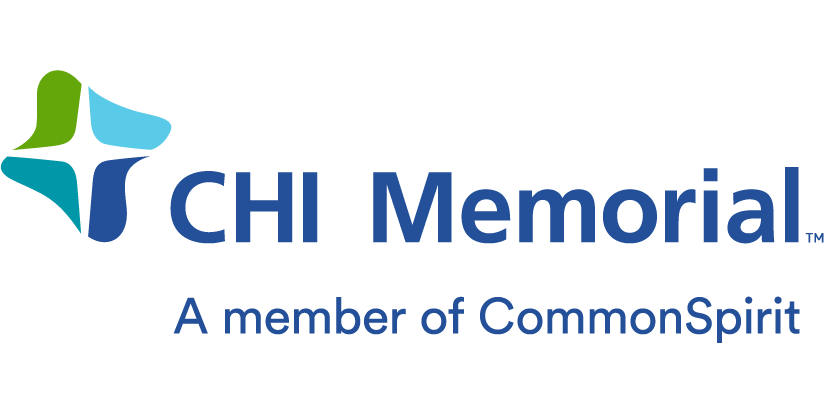Atherosclerosis is a disease of the peripheral blood vessels that is causes narrowing and hardening of the arteries that supply blood flow to the legs and feet. This narrowing is due to a buildup of plaque on the artery walls, causing a decrease in blood flow. The inner lining of the arteries can be damaged from smoking, high cholesterol, high blood pressure and high amounts of sugar in the blood due to diabetes. If you have a family history of this condition, you may be at higher risk of developing hardening of the arteries. Lack of physical activity increases your risk for a range of vascular conditions, including atherosclerosis.
Most of the time, there are no symptoms of this condition until a rupture occurs, or the blood flow is very restricted. In those cases, you may experience muscle cramps triggered by exercise in the thighs, calves, or feet and leg or foot pain, numbness, and cold legs or feet.
Treatment for atherosclerosis starts with heart-healthy lifestyle changes like aiming for a healthy weight, managing stress, increasing physical activity, stopping smoking and eating balanced diet. Medications are introduced when these changes alone aren’t enough to control cholesterol and blood pressure levels, reducing your risk of stroke or heart attack. For people with severe atherosclerosis, your doctor may recommend a procedure to open a blocked or narrowed artery or perform a bypass to go around it.








